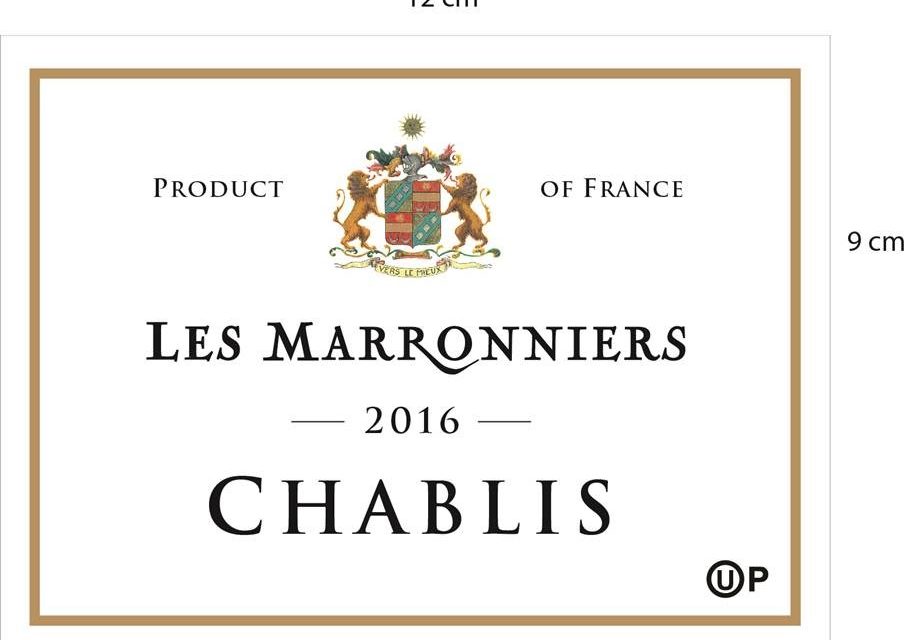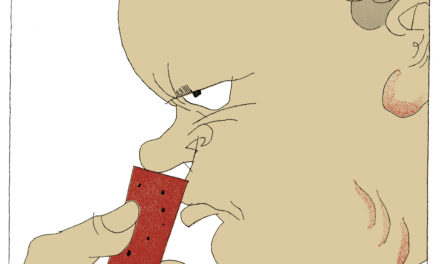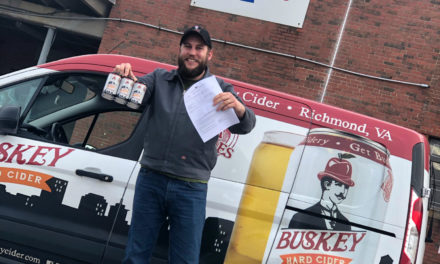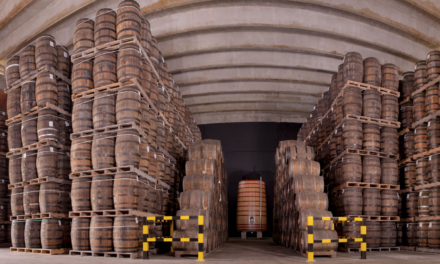Everyone knows you can’t judge a book by its cover. But when it comes to wine, the label can speak volumes about what’s inside.
If you’ve ever puzzled over how to decipher a wine label, you’re not alone. So much terminology. So many languages. So many options! It’s tempting to just choose the prettiest or most interesting label and hope for the best.
To take the guesswork out of wine buying – and help you appreciate the wines you drink – the experts at Royal Wine have some tips on how to “read the bottle.”
Gabriel Geller, VP of Public Relations for Royal Wine Corp., says buying wine should be a pleasant experience, not something to stress over. We asked him a few questions to guide us through the essentials.
- Some wine labels are filled with info and others are much simpler. What basic information must any wine label include?
- The most basic information on a wine label is the alcohol content as well as the vintage. Some wines, however, are “non-vintage,” meaning that they are made from a blend of two or more different vintages, and therefore the vintage won’t be stated on the label.
The country and/or the region a wine comes from will also be indicated on the label. Usually the label will also indicate if the wine is red, white, or rosé, and whether it is sweet, dry, off-dry, semi-sweet, or sweet. The label will also indicate if the wine is a sparkling wine.
- What is the first thing a consumer should look for on a wine label if they aren’t familiar with specific vineyards or wine types? (In other words, those who don’t know or what they want to drink or have only a vague idea of what they like…).
- Consumers should look for the type of wine (red, white, rosé, sparkling), the sweetness or dryness of the wine, and the vintage.
I would always recommend to a consumer who does not know exactly what he/she is looking for to get a wine that is as young as possible, as most wines cannot age for long and not all stores provide the best environment in which to preserve wines that can or should be aged. A wine that is too young will always be better than a wine that is too old.
- Does “Estate Bottled” necessarily make a difference in the quality of wine?
- No, not necessarily. “Estate Bottled” means the winery owns the vineyards from which its wines are made and is physically located inside or near those vineyards. It allows the winery to fully control the grapes it uses, from planting through bottling. However, a winery could also sometimes source its grapes from higher quality vineyards than its own.
- What does “Reserve” mean, and should I expect to pay more for it?
You won’t always have to pay more. Some countries and regions, such as Italy or Spain, have a strict regulation on the use of the “Reserve” moniker (or “Riserva” and “Reserva,” as it’s known in those countries, respectively). In those cases, it means that the wine meets specific requirements as to the quality of the grapes that were used and how long the wine was aged (in oak barrels and in the bottle at the winery) before it was released.
Most countries do not regulate the use of that word; while it usually means that a wine is of a superior quality, not entry-level, it can also be used as a simple, eye-catching marketing tool to trigger a purchase.
- What does “Appellation” mean?
- An appellation is a sub-region where a wine comes from. Many wine-growing countries and regions have appellations within them. For example, in the Bordeaux region of France, there are several appellations such as Saint Julien, Saint-Estèphe, Pauillac, Margaux, Pomerol, etc. In each of those appellations, wines are made from specific varieties; the climate and soil they grow in has an impact on the overall style and taste of the wine.
For instance, a Merlot from Napa Valley will usually taste different from a Merlot from Pomerol, because those two appellations have a very different climate and soil.
- What should one look for on the label of a good kosher wine?
- There is no difference between how kosher wines and their non-kosher certified counterparts are labeled. Kosher wines will have the same type of info as non-kosher certified wine. For example, the label on the Herzog Lineage Sauvignon Blanc indicates the vintage, the alcohol content, and the grape variety, as well as the region (California) and appellation (Lake County) it comes from.
The only difference will be the kosher symbol, which is the logo of the Kosher Supervising Agency that oversaw the production of the wine and certified that it is kosher. For example, the Herzog Lineage Sauvignon bears the OU (Orthodox Union) symbol.
- Why do wines from different countries have different information on their labels?
- Each country and region has its own regulations and laws as to the details and amount of information to be written on the label. For instance, in California, if a wine contains at least 75% of one grape variety, the wine can be named after that variety. In a different region, such as Israel, a wine must have at least 85% of one grape variety in order to be named after it; the aforementioned Flam Reserve Cabernet Sauvignon from Israel is usually made from 85% or 90% Cabernet Sauvignon, never 100%.
- Why is the “Imported by” information important?
It allows a customer to have information about which company brought in the wine, knowing it adheres to certain standards of quality. It also allows a customer to have an address to contact for further information on the wine should he/she like to obtain that information.
- What does “Table Wine” mean? Aren’t all wines table wines?
- While indeed all wines are table wines, “Table Wine” is a moniker often used to describe a relatively inexpensive yet acceptable wine in terms of quality. It comes from French Vin de Table, which refers to a wine to be enjoyed with food, at the table.
- Can you recommend an app to help consumers understand what they’re buying?
- Our app, Royal Wine Corp., can be downloaded on both Apple’s App Store and Android’s Google Play Store. It is updated regularly and contains detailed information on all of the wines we distribute.
About Royal Wine/Kedem
Founded in 1848, Royal Wine Corp. has been owned and operated in the United States by the Herzog family, whose winemaking roots go back eight generations to its origin in Czechoslovakia.
Today, Royal Wine’s portfolio of domestic and international wines range from traditional wine producing regions of France, Italy and Spain, as well as Israel, New Zealand and Argentina.
Additionally, Royal Wine Corp.’s spirit and liqueur portfolio offers some of the most sought-after scotches, bourbons, tequilas and vodkas as well as hard to find specialty items such as flavored brandies and liqueurs.
The company owns and operates the Kedem Winery in upstate New York, as well as Herzog Wine Cellars in Oxnard, California, a state-of-the-art-facility featuring guided wine tours, a fully staffed modern tasting room, gift shop and catering facilities. Additionally, the winery houses the award-winning restaurant Tierra Sur, serving the finest, Mediterranean-inspired, contemporary Californian Cuisine.
Press releases are generated outside of Spirited magazine and the information contained does not necessarily reflect the opinion of Spirited or its parent company, Sonoma Media Investments.











